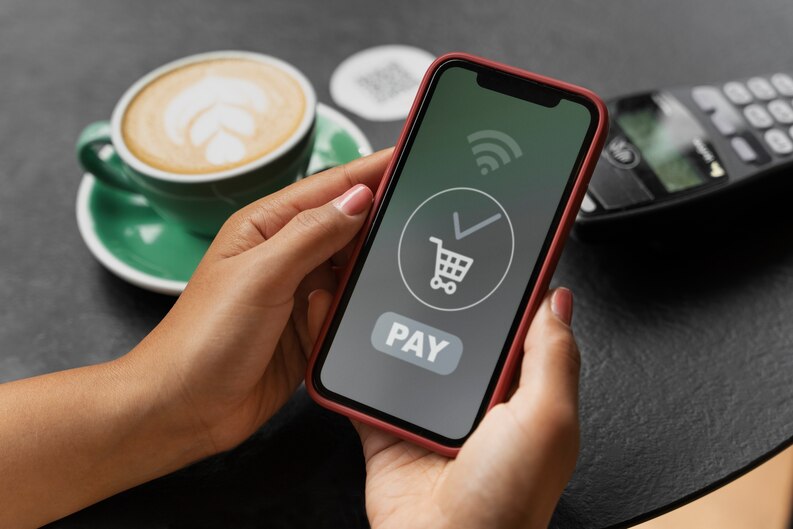The Rise of Influencer Payment Platforms: Empowering Content Creators and Brands
In today’s digital age, influencer marketing has become a powerful tool for brands to connect with their target audience and promote their products or services. Influencers, who are individuals with a significant following on social media, have the ability to influence consumer behavior and purchase decisions. As a result, influencer marketing has become a multi-billion dollar industry, with brands and content creators seeking efficient and transparent ways to collaborate and monetize their partnerships. This has led to the rise of influencer payment platforms, which have revolutionized how influencers and brands collaborate, negotiate, and receive compensation for their work.
The Traditional Influencer Payment Landscape
Before the advent of influencer payment platforms, the process of compensating influencers for their work was often manual, time-consuming, and lacked transparency. Brands and influencers would negotiate deals and payment terms through various channels, such as emails, direct messages, or phone calls. Payment methods were often inconsistent, with influencers receiving compensation in the form of cash, product samples, or other non-monetary arrangements. Tracking and reporting of influencer campaigns were also challenging, making it difficult for brands to measure the return on investment (ROI) of their influencer marketing efforts.

This traditional payment landscape had several limitations. Firstly, it was inefficient, with brands and influencers spending significant time and effort on negotiations and manual payment processes. Secondly, it lacked transparency, as there was often no standardized way to track. And report influencer campaigns, making it difficult for both parties to assess the success of their collaborations. Lastly, it posed risks for both brands and influencers in terms of payment delays, disputes, and inconsistencies. Which could strain relationships and hinder the growth of the influencer marketing industry.
The Emergence of Influencer Payment Platforms
To address the limitations of the traditional payment landscape, influencer payment platforms have emerged as a solution to streamline the payment process. Provide transparency, and offer a seamless experience for both content creators and brands. These platforms act as intermediaries, facilitating collaborations between influencers and brands. And managing the financial transactions associated with influencer marketing campaigns.
Influencer payment platforms offer a range of features that benefit both influencers and brands. For influencers, these platforms provide a centralized hub where they can manage their collaborations, negotiate payment terms, and track their earnings. Influencers can set their rates, negotiate contracts, and specify payment terms. Providing them with more control and autonomy over their partnerships. Payment platforms also offer streamlined payment processes, with influencers receiving compensation in a timely and consistent manner. This helps content creators manage their finances more effectively and focus on creating quality content.
On the other hand, brands benefit from influencer payment platforms by gaining access to a database of influencers. Simplifying the process of finding and collaborating with relevant content creators. Brands can view influencers’ profiles, including their audience demographics, engagement rates. And performance metrics, helping them make informed decisions on who to collaborate with. Payment platforms also provide transparency, as brands can track and measure the performance of their influencer campaigns in real-time. Enabling them to evaluate the ROI of their marketing efforts more effectively.
One of the key features of influencer payment platforms is their ability to provide standardized contracts and payment terms, which protect both influencers and brands from potential disputes or payment delays. Contracts outline the scope of work, deliverables, and compensation, providing clarity and accountability for both parties. Payment terms, such as milestones or deliverable-based payments, ensure that influencers are compensated fairly for their work and that brands only pay for completed deliverables.
The Future Outlook

The rise of influencer payment platforms has revolutionized the way brands and content creators collaborate and monetize their partnerships. As the industry continues to grow and evolve, the future outlook of influencer payment platforms looks promising. With the rise of blockchain technology and smart contracts, influencer payment platforms may become even more transparent and secure. Providing enhanced protection for both influencers and brands. Additionally, as the demand for influencer marketing continues to increase. We can expect to see more innovative features and services being offered by these platforms.
In conclusion, influencer payment platforms have transformed the traditional influencer payment landscape, offering a streamlined and efficient way for brands and content creators to collaborate and monetize their partnerships. These platforms provide transparency, standardized contracts, and streamlined payment processes, empowering both influencers and brands to grow and succeed in the ever-evolving world of influencer marketing.

Unlock your online potential with the 5-day Boost Your Followers Challenge. Learn proven strategies to master social media and online influence in just 5 days!

